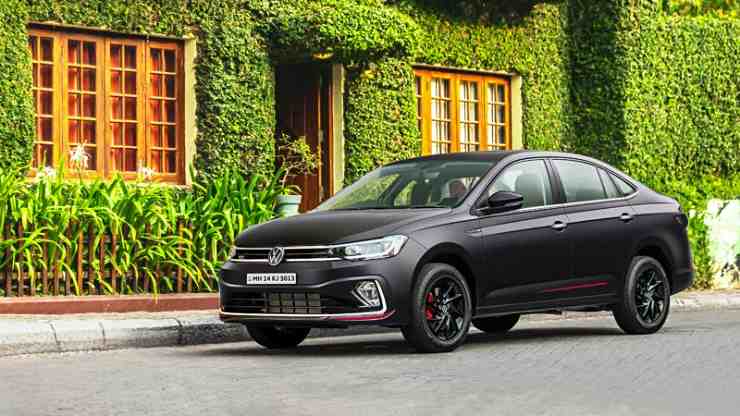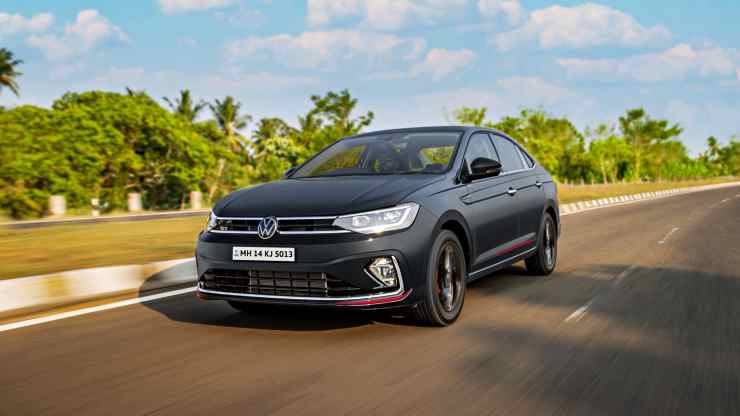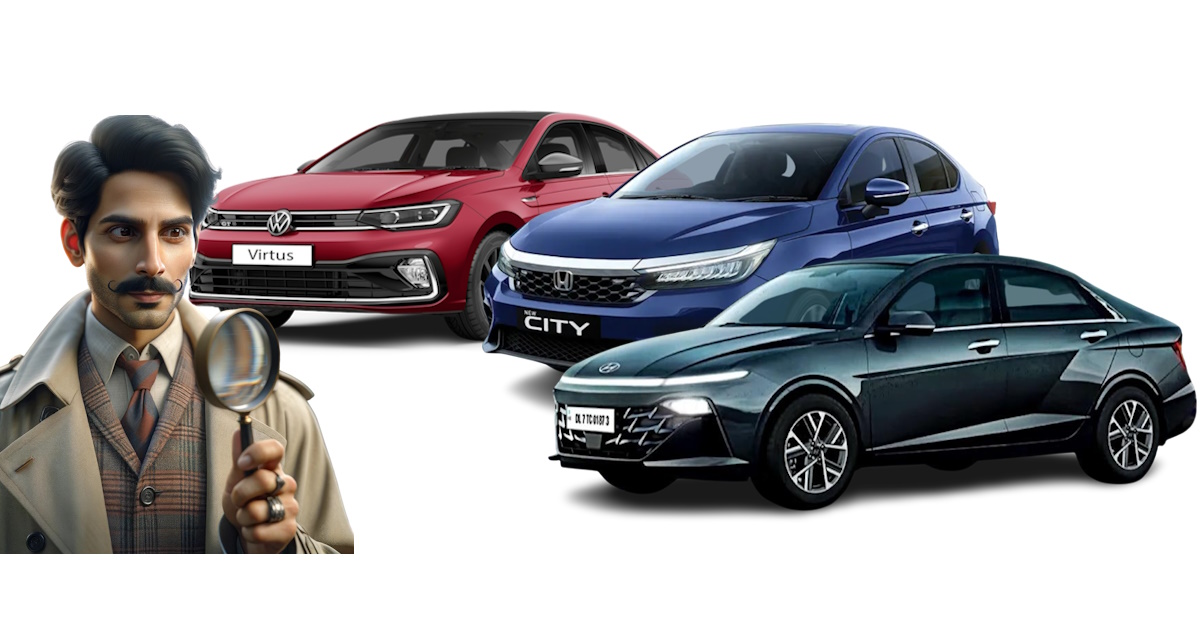Volkswagen Virtus Beats Honda City, Hyundai Verna To Become India’s BEST Selling Full Sized Sedan


The Virtus is now the best selling car in the entire Volkswagen group’s Indian operation. And this stellar performance has led to the Virtus dethroning a range of rivals including the Honda City, Hyundai Verna and even stablemate Skoda Slavia to become India’s best selling full-sized sedan. Now, for some numbers.

On average, Volkswagen sold an average of 1,598 units of the Virtus C-Segment sedan each month from January 2024 until July 2024. In comparison, Hyundai managed about 1,532 monthly units on average while the City finished in three digits, with 999 monthly units on average.
The Skoda Slavia, essentially the Volkswagen Virtus with Skoda styling and badging, managed a healthy monthly average of 1,200 units. Together, the Virtus and Slavia brought in about 2,798 monthly units on average in the C-Segment sedan space, making the Volkswagen group the undisputed champion in the full-size sedan segments.
So, what’s making the Volkswagen Virtus so popular in the C-Segment sedan space? Here’s what we think is making so many people buy the Virtus over rivals such as the Hyundai Creta and Honda City.

The Volkswagen Virtus is easily one of the best looking C-Segment sedans sold in India. It looks like an old-school sedan through and through, and for someone who wants a sedan stance, the Virtus nails it so far as design is concerned. Its design is a mix of elegance and sophistication. In fact, the long, expansive bonnet, the traditional sedan silhouette and the three-box boot design come together very well to give the Virtus a typical sedan look. The sheer length of the car – 4,561 mm – also gives it a stately appearance, and the Virtus looks quite expensive.
Volkswagen offers the Virtus with two engine options, both in petrol. The entry level motor is a 1 liter-3 cylinder turbocharged unit with 110 Ps-170 Nm, and the top-of-the-line motor is a 1.5 liter-4 cylinder turbocharged unit with 150 PS-250 Nm.
The smaller motor gets 6 speed manual and torque converter automatic gearboxes, and is the bigger seller of the two because 1. It’s more fuel efficient 2. More affordable to buy and 3. Is more reliable thanks to the torque converter automatic.
In fact, most of the Virtus sedans sold by Volkswagen feature the 1 liter TSI motor with either the 6 speed manual or the torque converter automatic gearbox.
The bigger engine, which while producing thrilling performance, thanks mainly to the 7 speed twin clutch automatic DSG gearbox, isn’t aimed at fuel efficiency, and is the smaller seller of the duo. Yet, this engine is what gives the Virtus the cred of a fun-to-drive sedan..

This brings us to the other reason the Virtus has such a halo about it – it’s genuinely fun-to-drive, both turbo petrol engines offer great performance and are eager to be revved, the gearboxes are slick and the DSG simply loves spirited highway runs, and finally, the car does have neutral German handling. The ride is reasonably plush but it’s the corners where the Virtus really comes into its own and excels. Sharp yet sure-footed handling has been a forte of German cars, and the Virtus really shines in this area, earning a reputation for being a fun car to drive.

A long sedan usually means ground clearance challenges in a country such as India, where roads are far from perfect. The Virtus offers a SUV-like 179 mm of ground clearance, which means that it can take the rough with the smooth, and offer peace-of-mind across varied terrain.
The driver no longer has to be ultra cautious when confronted with potholes or an ill-designed speed breaker – both omnipresent on Indian roads, and this makes the Virtus quite practical for Indian conditions. This is another reason why this sedan – along with its sibling the Skoda Slavia – is selling so well.

The typical German sturdiness comes through in the Virtus’ build quality. The car feels very well put together, and the Virtus has scored a full five stars in the Global NCAP crash test.

It exudes a sense of solidity and German-ness more and more Indians are growing to appreciate. The interiors are just as well put together and give off a sense of elegance and sophistication. All in all, the Virtus feels like a German car from the inside, and buyers simply love it for this.

In the past, cars from Volkswagen used to be priced at a premium over its immediate rivals. And this was a cause of slow sales as the value conscious Indian buyer used to gravitate to competition that offered more for less. With the Virtus, Volkswagen has managed to hit the sweet spot in terms of pricing and the car doesn’t feel bare basic or de-contented to arrive at the competitive price point.
The 1 liter triple cylinder engined models give the car a sharp starting price of Rs. 11.56 lakh, ex-showroom while the fully loaded, top end trims come in at Rs. 19.41 lakh. These prices are lower than that of the Honda City Hybrid and similar to that of the Hyundai Verna. So, the Virtus does bring out the value proposition quite well, and strong sales are proof of the buyer buying into this.